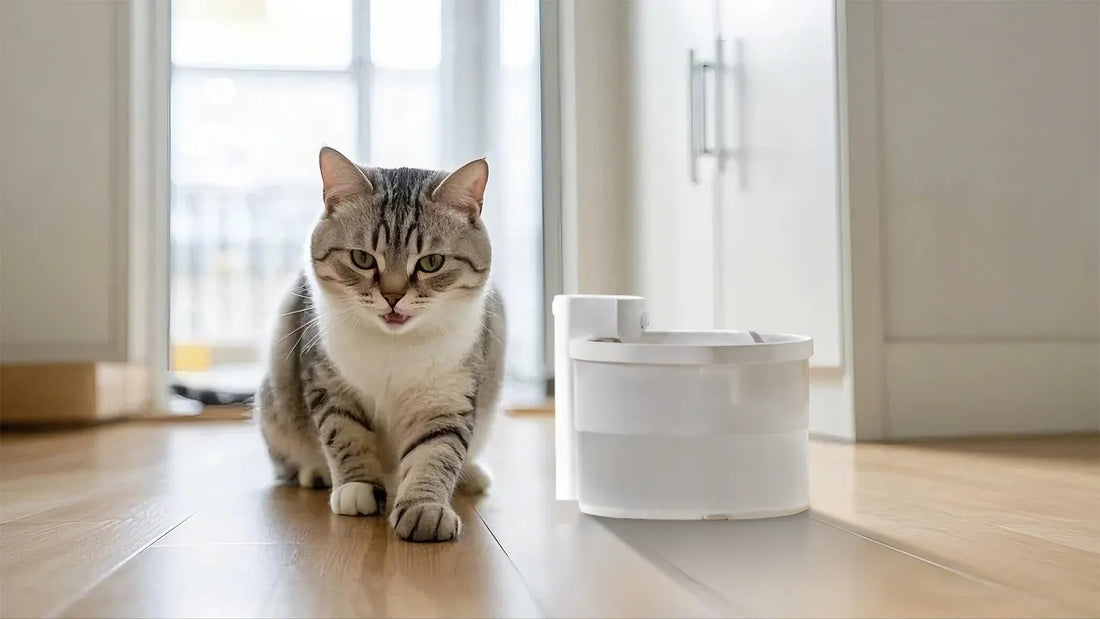Cat grass is a popular and beneficial addition to any cat owner's home. Not only does it provide a safe and natural way for your feline friend to satisfy their grazing instincts, but it also aids in digestion and helps prevent hairballs. However, to keep your cat grass healthy and thriving, it's essential to understand how often to water it. This article will guide you through the best practices for watering cat grass, ensuring it remains lush and green for your cat to enjoy.
Understanding Cat Grass
Cat grass, typically grown from seeds like wheat, barley, oats, or rye, is a type of young grass that is safe for cats to nibble on. Unlike regular grass, cat grass is grown indoors and is free from pesticides and other harmful chemicals. It's a great way to provide your cat with a natural source of fiber, which can help with digestion and reduce the likelihood of hairballs.
Why Watering is Crucial
Watering is one of the most critical aspects of growing healthy cat grass. Just like any other plant, cat grass needs the right amount of water to grow. Too little water, and the grass will dry out and die. Too much water, and you risk root rot, which can also kill the plant. Finding the right balance is key to maintaining a healthy patch of cat grass.
How Often to Water Cat Grass
The frequency of watering cat grass depends on several factors, including the type of soil, the size of the container, and the environment in which the grass is growing. Generally, cat grass should be watered every 1-2 days. However, it's essential to check the soil moisture before watering. Stick your finger about an inch into the soil; if it feels dry, it's time to water. If it's still moist, wait another day before checking again.
Signs of Overwatering
Overwatering is a common mistake when growing cat grass. Signs of overwatering include yellowing leaves, a musty smell, and soggy soil. If you notice any of these signs, reduce the frequency of watering and ensure that the container has proper drainage to allow excess water to escape.
Signs of Underwatering
On the other hand, underwatering can cause the grass to dry out and turn brown. If the soil feels dry and the grass looks wilted, it's a clear sign that the plant needs more water. Increase the frequency of watering, but be careful not to overdo it.
Best Practices for Watering Cat Grass
To ensure your cat grass remains healthy, follow these best practices for watering:
- Use a container with drainage holes to prevent water from pooling at the bottom.
- Water the grass in the morning to allow excess moisture to evaporate throughout the day.
- Use room temperature water to avoid shocking the plant's roots.
- Mist the grass lightly if the air in your home is particularly dry.
Environmental Factors to Consider
The environment in which your cat grass is growing can also affect how often you need to water it. In a dry, warm environment, the soil may dry out more quickly, requiring more frequent watering. Conversely, in a cool, humid environment, the soil may retain moisture longer, reducing the need for frequent watering. Adjust your watering schedule based on the conditions in your home.
Seasonal Changes
Seasonal changes can also impact how often you need to water cat grass. During the warmer months, the grass may require more frequent watering due to increased evaporation. In the cooler months, the grass may need less water. Be mindful of these changes and adjust your watering schedule accordingly.
Monitoring Your Cat Grass
Regularly monitoring your cat grass is essential to ensure it remains healthy. Check the soil moisture daily and observe the grass for any signs of stress. If you notice any issues, adjust your watering schedule as needed. Healthy cat grass should be bright green and lush, providing a safe and nutritious treat for your cat.
Benefits of Properly Watered Cat Grass
Properly watered cat grass offers numerous benefits for both you and your cat. It provides a natural source of fiber, aids in digestion, and helps prevent hairballs. Additionally, it can serve as a distraction from other household plants that may be harmful to your cat. By maintaining a healthy patch of cat grass, you're ensuring your cat has a safe and enjoyable way to satisfy their grazing instincts.
Growing and maintaining cat grass doesn't have to be complicated. By understanding how often to water cat grass and following the best practices outlined in this article, you can ensure your cat grass remains healthy and thriving. Your feline friend will thank you for providing them with a safe and nutritious treat that supports their overall well-being. So, grab your watering can and get started on growing the perfect patch of cat grass for your furry companion!














